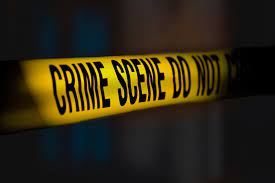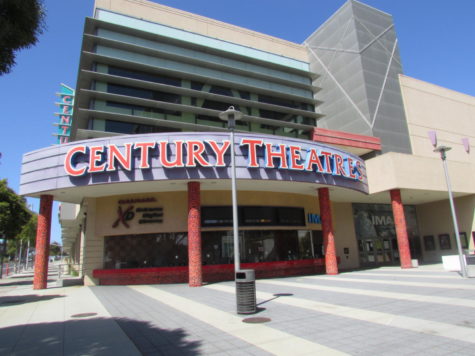SMCCCD crime report shows sharp decrease in crimes over recent years
The 2020 report has vastly different statistics than the previous one from 2017.

The amount of crimes disclosed in this year’s report has heavily decreased from 65 crimes that took place from 2014 to 2016, which was announced in the 2017 report.
27 crimes were reported to district officials across Skyline College and College of San Mateo from 2017 to 2019, the San Mateo Community College Public Safety Department announced in their annual security report.
The number of crimes disclosed in the report has sharply decreased from the 65 crimes that took place from 2014 to 2016, which was announced in the 2017 report. All of the incidents that have occurred within the three years of tracking have all been categorized as having taken place on campus grounds.
18 of the 27 crimes came from the College of San Mateo. In 2017, the school reported one report each of fondling, aggravated assault, and motor vehicle theft. In 2018, there was another incident of fondling, one instance of stalking, two liquor law violations, and nine robberies. In 2019, two robberies were reported.
There were just nine criminal reports at Skyline College in San Bruno, half the amount at CSM over the period. In 2017 there were two burglaries, one report of arson activity, and two dating violence reports. In 2018, there was a motor vehicle theft. From 2017 to 2019, one domestic violence incident was reported each year.
The recent report showed that zero crimes were reported at Cañada College in Redwood City from 2017 to 2019. From 2014 to 2016, nine crimes were reported.
“Crime trends on campus, as well as nationwide, vary over time for numerous factors,” said Jim Vangele, Skyline’s Captain of Public Safety. “Changes in law and reporting classifications, enrollment and population levels, modernization of facilities creating a more secure infrastructure, targeted patrol activity based on crime statistics, as well as many other variables, can cause a fluctuation in the total number of crimes reported.”
According to NeighborhoodScout, San Mateo has a considerably high crime rate compared to the national average, and has a rate higher than 67% of California’s cities and towns. San Bruno’s crime rate is similar, as it’s higher than 83% of the state’s cities and towns. Redwood City’s crime rate ranks the best out of all three, with 45% higher.
The security report is mandated by the Clery Act, which requires districts that receive federal financial aid to publish a report every year by Oct. 1. The document should contain three years’ worth of campus crime statistics and certain security policy statements, including policies related to the prevention and response to sexual violence and related offenses.
“If an emergency is happening on campus, the public safety team advises calling (650) 738-7000
Campus administration is well-versed in solving issues either administratively or in partnership with law enforcement,” Vangele said. “Not every incident requires the police or a formal investigation — In fact, most don’t. It is always best to report an incident to learn what helpful options are available. No one will force someone to pursue a course of action they are uncomfortable with.”


















